An area where I’m not so happy with some things I’ve seen in FP, is composability.
In my view, a well designed system or langauge should make functions (or other smallest unit of computation) more easily composable, not less.
What strikes me as one of the biggest elephants in the room regarding FP, is that …
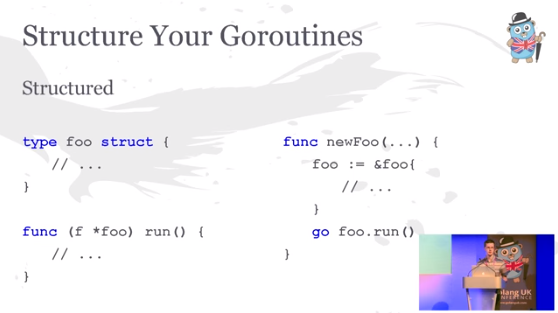
I was so happy the other day to find someone else who found the great benefits of a little pattern for how to structure pipeline-heavy programs in Go, which I described in a few posts before. I have been surprised to not find more people using this kind of pattern, which has been so extremely helpful to us, so I …
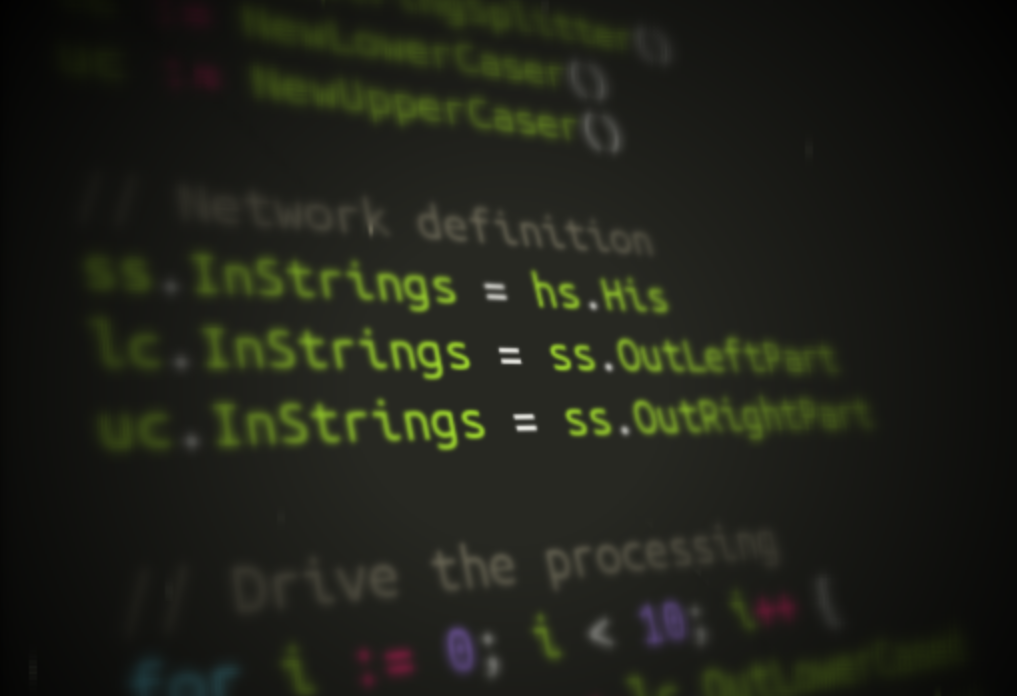
Some time ago I got a post published on GopherAcademy , outlining in detail how I think a flow-based programming inspired syntax can strongly help to create clearer, easier-to-maintain, and more declarative Go programs.
These ideas have since became clearer, and we (Ola Spjuth ’s research group at pharmbio ) …
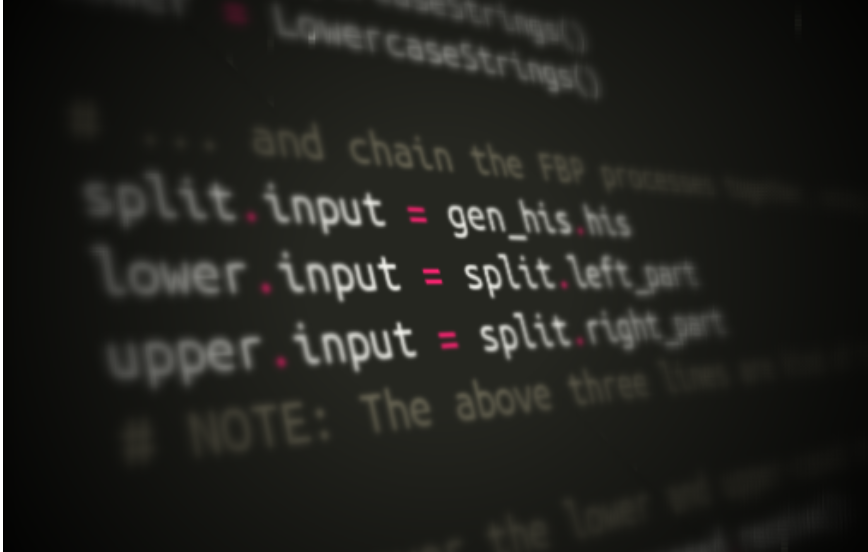
Often when I suggest people have a look at Flow-based Programming (FBP) or Data Flow for one reason or another, people are often put off by the strong connection between these concepts and graphical programming. That is, the idea that programs will be easier to understand if expressed and developed in a visual …
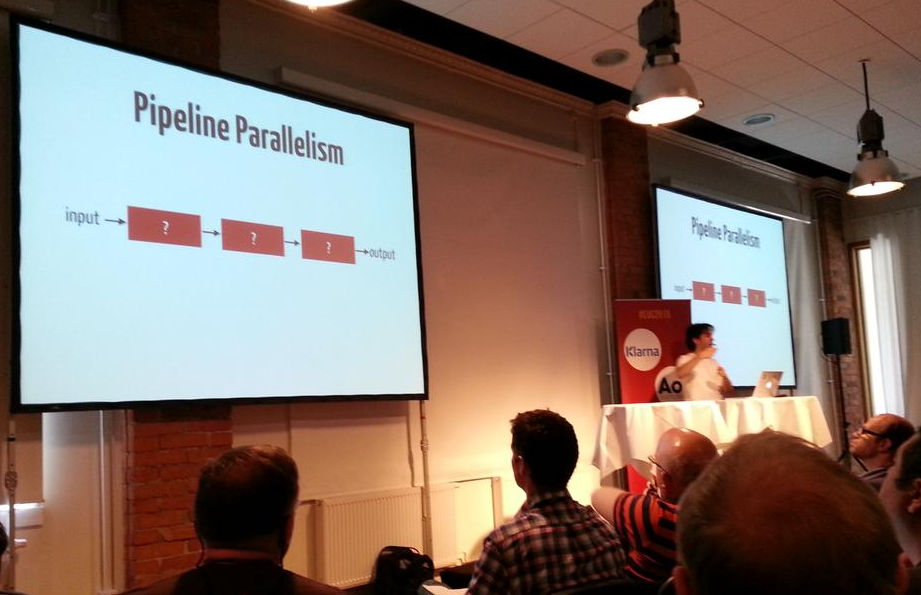
I think Erlang/Elixir fits great as control plane or service-to-service messaging layer for distributing services built with flow-based programming
Just back from a one day visit to Erlang User Conference . I find the Erlang virtual machine fascinating. And with the new Elixir language built on top of it to fix some of …
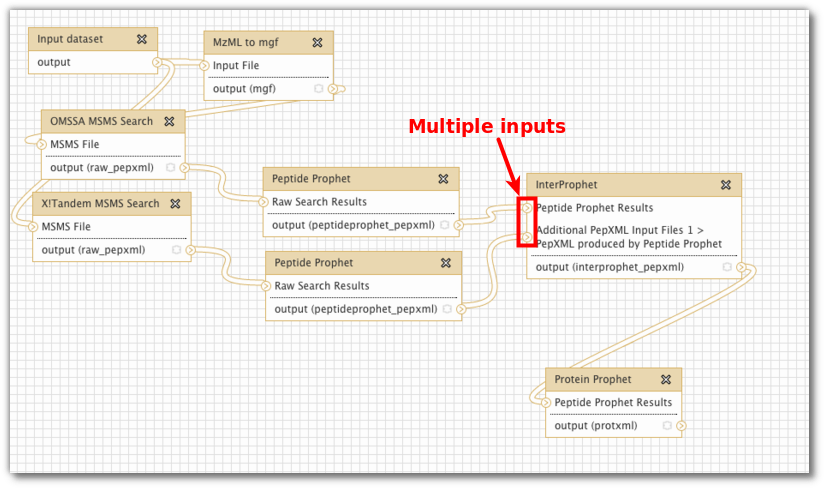
Upsurge in workflow tools There seem to be a little upsurge in light-weight - often python-based - workflow tools for data pipelines in the last couple of years: Spotify’s Luigi , OpenStack’s Mistral , Pinterest’s Pinball , and recently AirBnb’s Airflow , to name a few. These are all interesting …
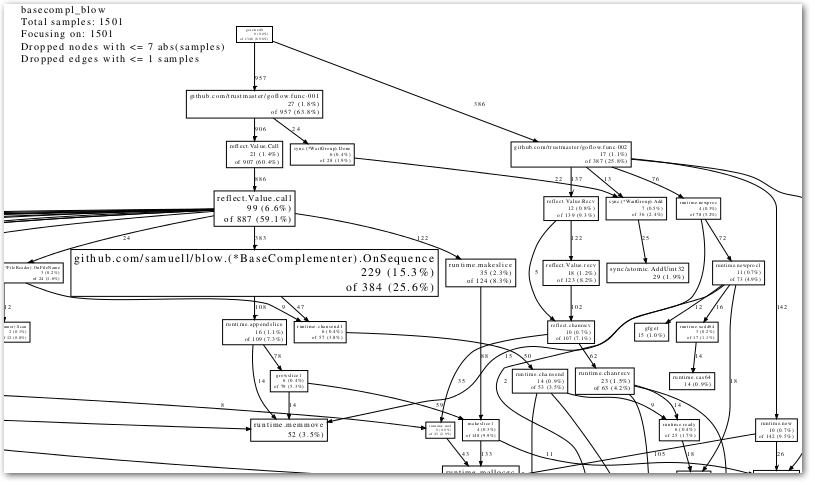
In trying to get my head around the code of the very interesting GoFlow library, (for flow-based programming in Go), and the accompanying flow-based bioinformatics library I started hacking on, I needed to get some kind of visualization (like a call graph) … something like this:
(And in the end, that is what I …





